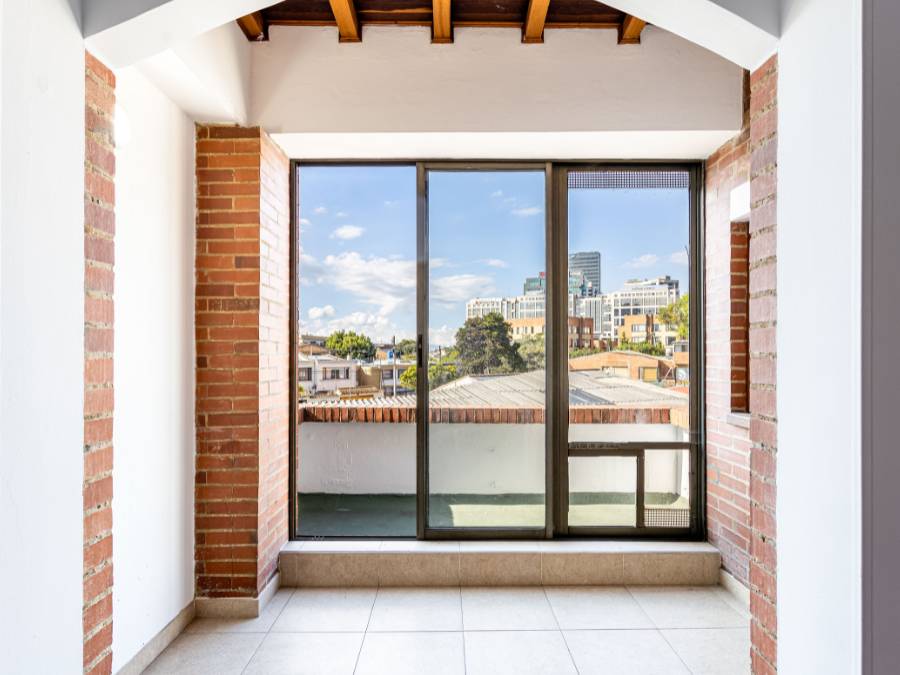Choosing The Right Brick For Your Home: A Guide To Residential Brick Types
When building or renovating a home, choosing the right materials is critical to both the look and longevity of your investment. One of the most important decisions you’ll make is selecting the right type of brick for your exterior. Not only do bricks provide structural support, but they also play a significant role in your home’s overall aesthetic. With so many options available, from traditional clay bricks to more modern alternatives like concrete, making the right choice can feel overwhelming.
Understanding the differences between brick types and how each one performs in different environments will help you make an informed decision. This guide dives into the most popular residential bricks, explores the pros and cons of each type, and offers key factors to consider before making your choice. Whether you’re aiming for a classic look or something more contemporary, there’s a brick style that fits your needs.
Why Choosing The Best Brick Type For Residential Construction Is Important
Selecting the right brick type for your home is crucial for ensuring long-term durability, structural integrity, and aesthetic appeal. The type of brick you use can directly impact the energy efficiency, safety, and overall performance of your house. By making an informed decision, you can prevent future issues such as water damage, heat loss, or structural failure, all while enhancing your home’s appearance. The right brick choice also influences the ease of construction and maintenance, reducing long-term costs.
Here are the key benefits of choosing the right brick type:
- Durability: High-quality bricks resist weathering, moisture, and temperature changes.
- Energy Efficiency: Certain bricks provide better insulation, keeping homes cooler in summer and warmer in winter.
- Low Maintenance: Some bricks require less upkeep, saving you time and money on repairs.
- Aesthetic Appeal: Different brick types offer various textures and colors, enhancing your home’s design.
- Structural Integrity: Strong bricks ensure the stability and safety of the home, especially in load-bearing walls.
By carefully choosing the best brick type for your home, you not only improve its performance but also enhance its value and longevity.
Understanding Residential Brick Types: Which One Is Right For Your Home?
Before diving into specific brick options, it’s essential to recognize the diversity in brick types and their varying functions in residential construction. Each type serves different purposes, ranging from aesthetics to structural integrity and energy efficiency. Below is a comprehensive breakdown of popular residential brick types, helping you make an informed decision based on your home’s unique needs.
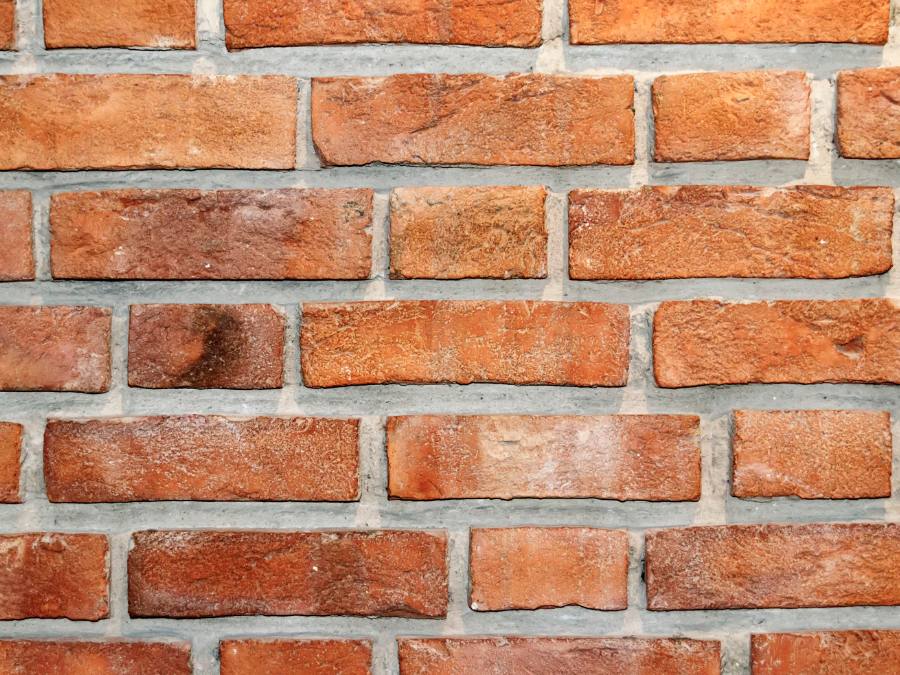
1. Burnt Clay Bricks
Burnt clay bricks are a staple in construction due to their durability and wide availability. These bricks are created by molding clay and then firing it in a kiln, which produces a hard, weather-resistant material. The rich red color of burnt clay bricks gives buildings a classic, timeless appeal, making them perfect for traditional home designs. Due to their strength, they are commonly used in both load-bearing and non-load-bearing structures.
Besides their aesthetic appeal, burnt clay bricks are also known for their long lifespan. However, like all clay products, they can be somewhat porous, meaning they may absorb moisture if not properly sealed. Therefore, it’s crucial to choose a high-quality mortar and consider a waterproof sealant, especially in areas prone to heavy rainfall or moisture.
Best Used For: Exterior walls, foundations, and structural elements.
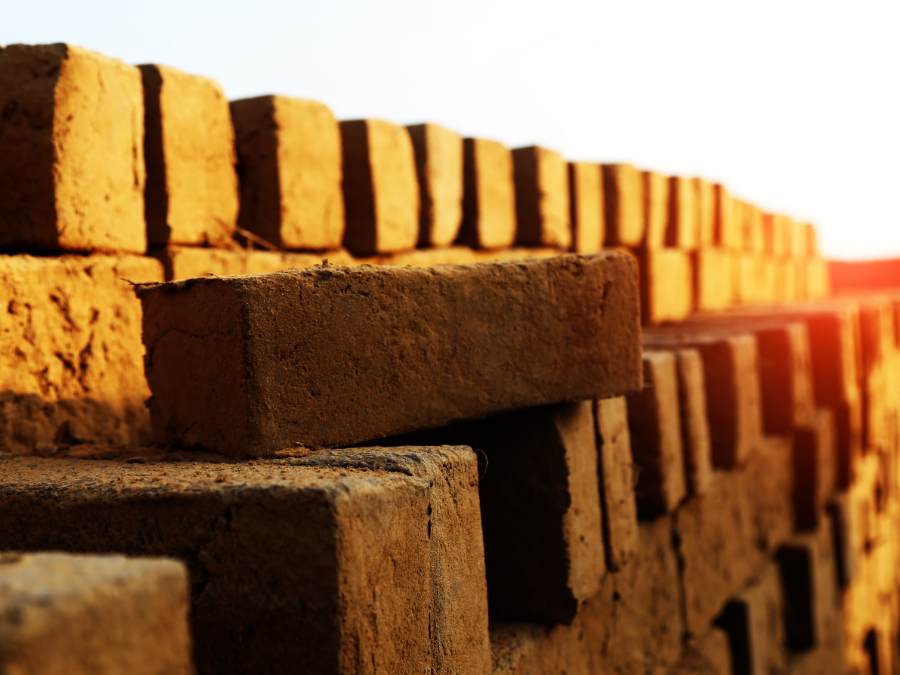
2. Sun-Dried Clay Bricks
Sun-dried clay bricks, also referred to as adobe bricks, are among the oldest types of bricks still in use today. These bricks are made by mixing clay and water and allowing them to dry naturally in the sun. While this process eliminates the need for a kiln, it results in bricks that are less durable compared to their kiln-fired counterparts. However, they are incredibly eco-friendly due to the minimal energy required during production.
Because sun-dried bricks are more susceptible to wear and tear, they are best suited for regions with low rainfall. They’re popular in desert or arid regions where moisture is not a significant issue. Sun-dried bricks can be a great choice for sustainable construction, but they require extra protection and maintenance in wetter climates.
Best Used For: Temporary structures or areas with low rainfall.
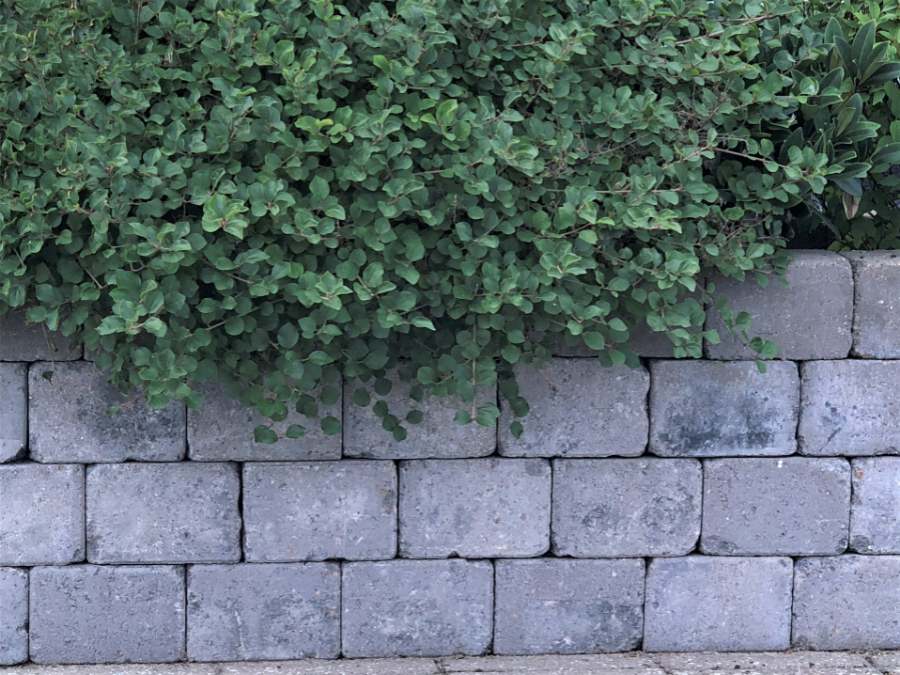
3. Concrete Bricks
Concrete bricks are made from a mix of cement, sand, and aggregates, making them an increasingly popular choice in modern construction. These bricks are known for their versatility, as they come in various colors, sizes, and textures, allowing for a range of design possibilities. In addition to their aesthetic flexibility, concrete bricks are also extremely strong and have a high load-bearing capacity, making them ideal for both structural and decorative uses.
One of the significant advantages of concrete bricks is their resistance to environmental factors, such as weathering and decay. However, they can be more porous than other brick types, which makes them susceptible to moisture absorption. To counter this, applying a sealant can enhance their water-resistance, making them a long-lasting choice for outdoor and exposed walls.
Best Used For: Facades, retaining walls, and garden features.
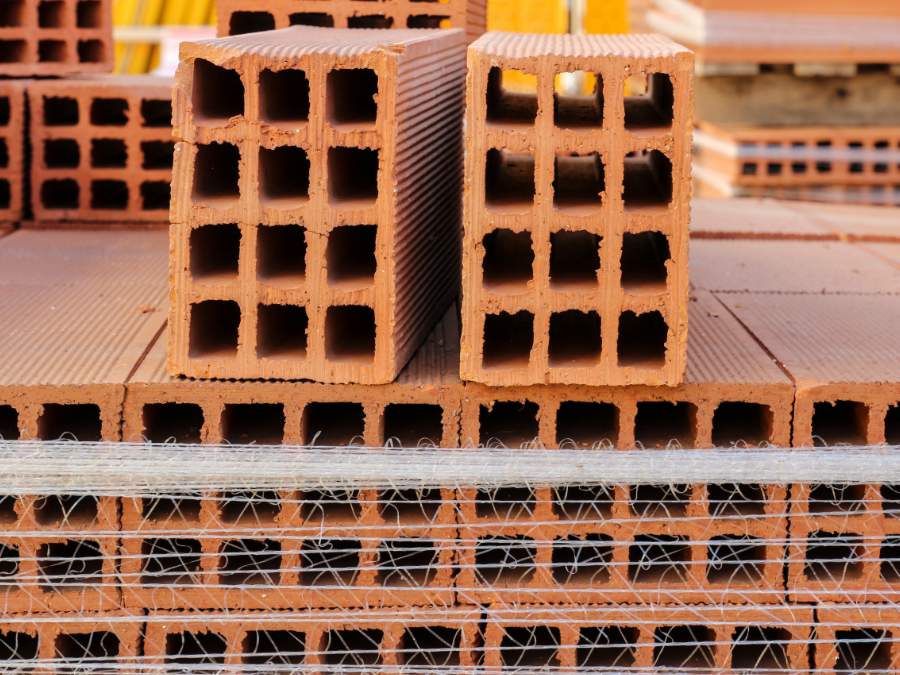
4. Engineering Bricks
Engineering bricks are a specialized type of brick designed for applications that require high strength and resistance to water. These bricks are produced using higher temperatures in the kiln, which makes them denser and less porous than standard bricks. They are particularly useful in foundations, basements, and damp areas where other types of bricks might deteriorate over time.
Apart from their durability, engineering bricks also offer excellent load-bearing capabilities, which makes them perfect for large-scale construction projects or areas requiring extra reinforcement. Their low porosity also ensures that they resist frost and water damage, making them a great option for areas with harsh weather conditions.
Best Used For: Foundations, damp-proof courses, and underground work.
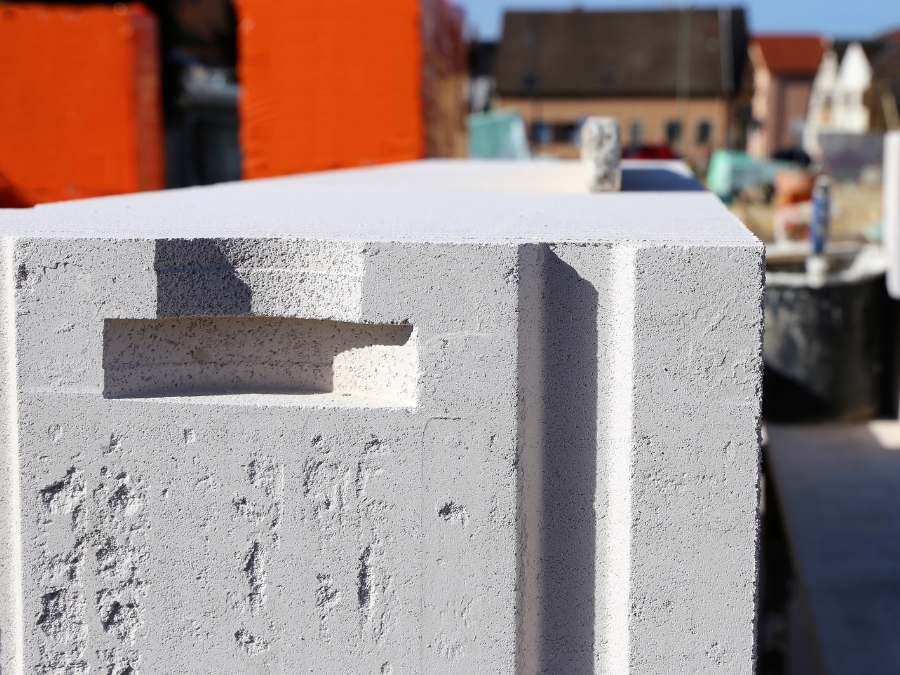
5. Sand Lime Bricks (Calcium Silicate Bricks)
Sand lime bricks are made from a mix of sand, lime, and fly ash, creating a smooth-textured, light-colored brick that offers excellent soundproofing and insulation properties. These bricks undergo a chemical process rather than the traditional firing method, resulting in a high level of uniformity and precision in size and shape. This consistency makes them easier to install and ideal for interior and exterior walls.
One of the most significant benefits of sand lime bricks is their thermal efficiency. They help keep homes cool in the summer and warm in the winter, reducing energy costs. Additionally, their superior soundproofing properties make them an excellent choice for homes in noisy urban environments or for interior partition walls.
Best Used For: Partition walls and soundproofing areas.
6. Fly Ash Bricks
Fly ash bricks are an eco-friendly alternative to traditional clay bricks, made from a mixture of fly ash, cement, and water. These bricks offer excellent strength and durability while being much lighter in weight. Fly ash bricks also have good thermal insulation properties, making them an energy-efficient option for residential homes.
Besides being environmentally friendly, fly ash bricks are highly resistant to moisture and chemical exposure. This makes them an excellent choice for coastal or industrial areas where other types of bricks may degrade over time. Their lightweight nature also makes them easier to work with, reducing labor costs and construction time.
Best Used For: Walls, pavements, and partitions.
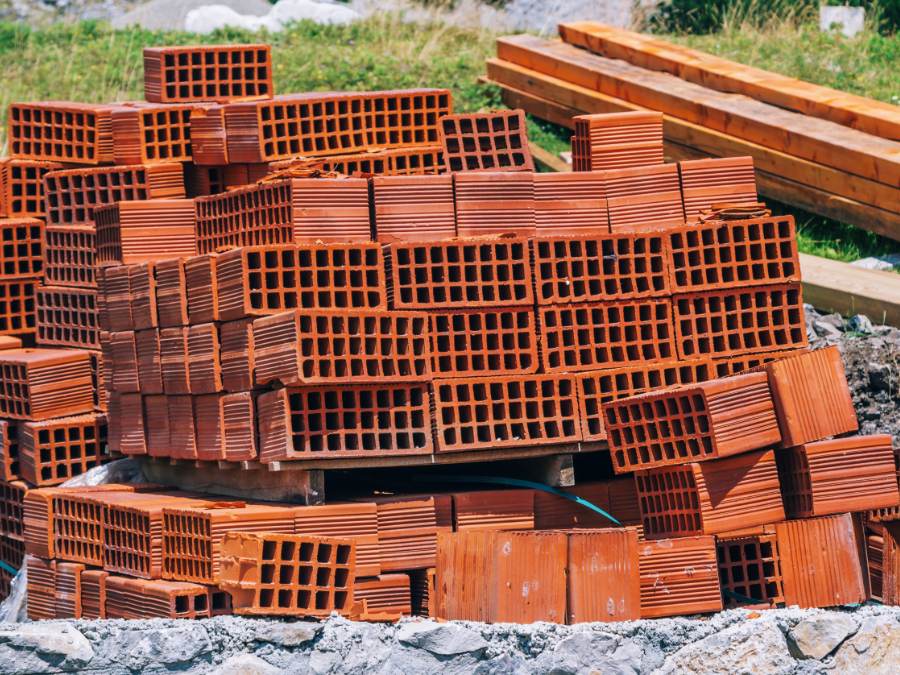
7. Perforated Bricks
Perforated bricks feature holes or perforations that run through their body, making them lighter than solid bricks while still maintaining structural integrity. These bricks are designed to reduce the overall weight of construction and are often used for non-load-bearing walls. The perforations also improve insulation properties, allowing air to flow through the holes, which can reduce heat transfer.
Perforated bricks are often used in areas where weight reduction is essential, such as upper stories of buildings. Their lighter weight makes them easier to handle and install, reducing labor costs. Additionally, they can be used decoratively in architectural designs that require texture or visual interest.
Best Used For: Internal walls and partitions.
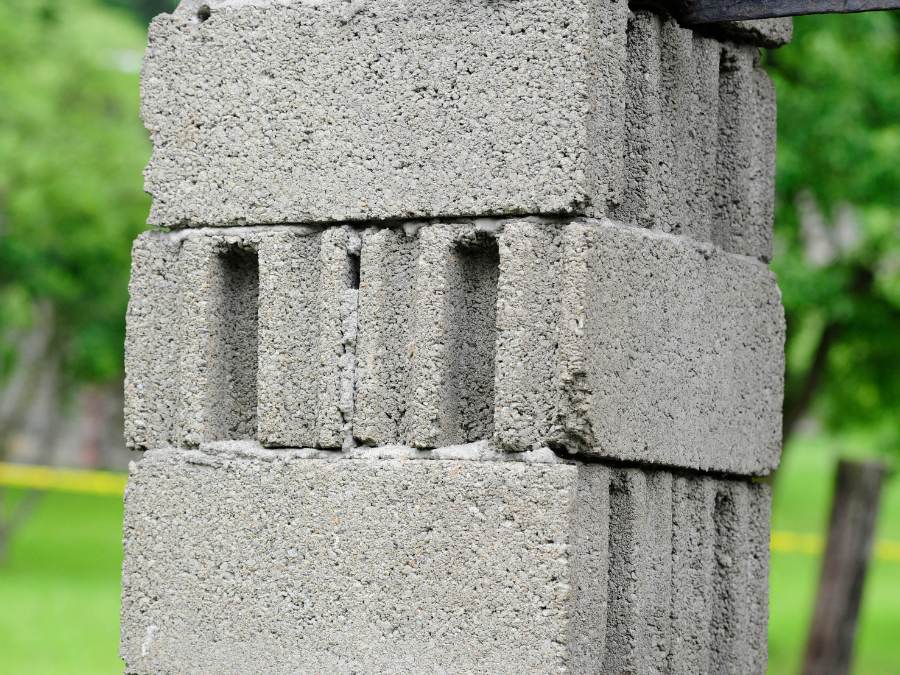
8. Hollow Bricks
Hollow bricks are similar to perforated bricks but with larger cavities inside them, which not only makes them lighter but also provides excellent thermal and sound insulation. These bricks are ideal for non-load-bearing walls, offering a practical solution for partition walls and facades. Their lightweight design helps reduce the overall structural load, making them suitable for high-rise buildings.
The large cavities in hollow bricks significantly reduce heat transfer, making homes more energy-efficient. Additionally, they are easier to transport and install, speeding up the construction process. If energy efficiency and reducing construction time are priorities, hollow bricks are an excellent choice.
Best Used For: Partition walls, non-load-bearing walls, and thermal insulation.
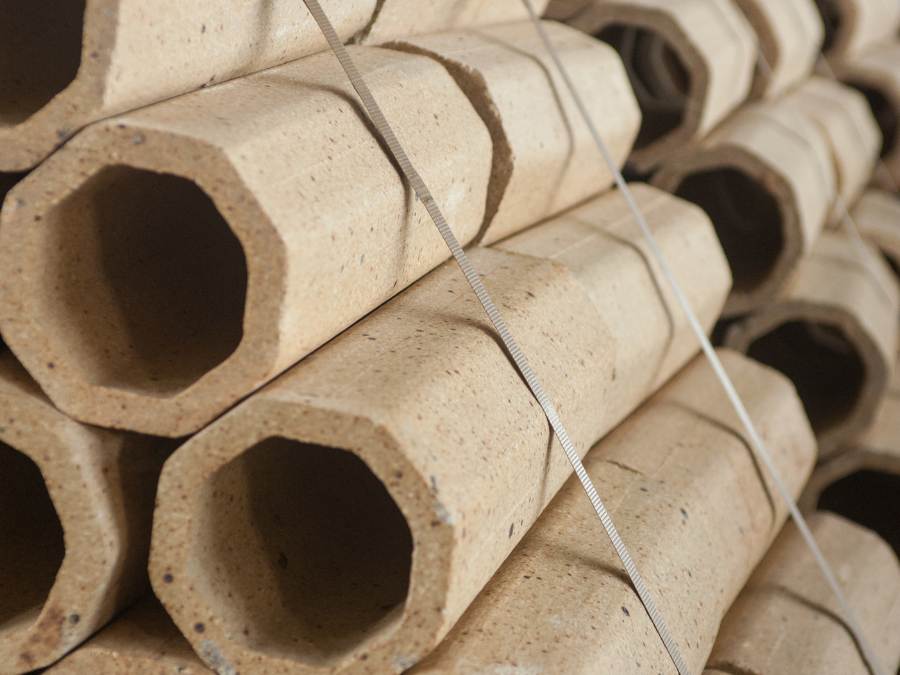
9. Firebricks (Refractory Bricks)
Firebricks, also known as refractory bricks, are specially designed to withstand extremely high temperatures. Made from materials that can endure intense heat, firebricks are commonly used in fireplaces, ovens, and chimneys. They are highly resistant to thermal stress and prevent cracking or breaking when exposed to high heat for extended periods.
In addition to their heat resistance, firebricks also offer excellent insulation, making them perfect for applications where maintaining consistent high temperatures is required. If you’re planning to build a fireplace or pizza oven, using firebricks ensures the structure will last longer and perform more efficiently.
Best Used For: Fireplaces, chimneys, and wood-burning ovens.
10. Bullnose Bricks
Bullnose bricks are characterized by their rounded edges, which make them ideal for adding decorative elements to brick structures. These bricks are often used in places where a soft, curved transition is required, such as around staircases, window sills, or corners of walls. Their unique shape can also add visual appeal to gardens and landscape designs.
Apart from their decorative uses, bullnose bricks can also provide functional benefits, such as making outdoor steps or walls safer by reducing sharp corners. They are an excellent choice for projects where both aesthetics and functionality are priorities.
Best Used For: Stairways, window sills, and decorative elements.
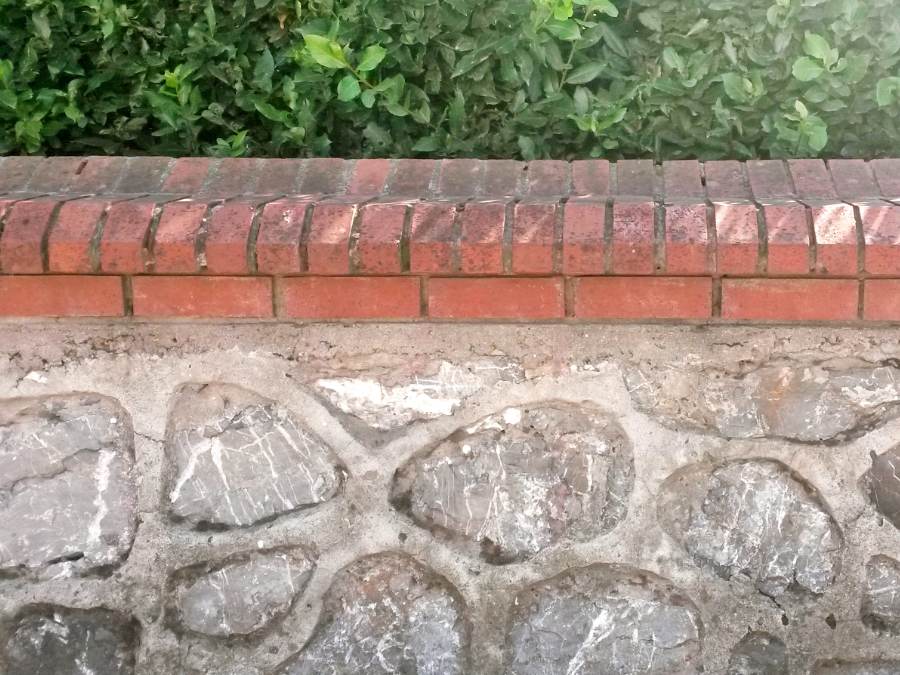
11. Capping Bricks
Capping bricks are specifically designed to cap off the tops of walls, parapets, or chimneys, protecting them from water damage. They come in various shapes and sizes, including flat, angled, or decorative designs. Capping bricks are essential for prolonging the life of brick walls by preventing moisture from seeping into the structure.
In addition to their protective role, capping bricks can enhance the visual appeal of your home by providing a neat, finished look to exposed walls. They are particularly useful for garden walls, fences, and boundary walls, ensuring that water runoff does not damage the brickwork below.
Best Used For: Wall tops, parapets, and boundary walls.
Making The Right Choice For Your Home’s Foundation
Selecting the ideal brick for your home is more than just a design decision—it’s a long-term investment in your home’s durability and performance. Each brick type offers unique advantages, from the structural strength of engineering bricks to the eco-friendliness of fly ash bricks. Understanding these benefits allows you to align your choice with the specific requirements of your home, whether you’re focused on weather resistance, thermal efficiency, or aesthetic appeal. Taking the time to evaluate each option will ensure your home is not only visually appealing but also resilient against environmental factors.
In addition to durability, the right brick selection can enhance your home’s energy efficiency and lower maintenance needs, saving you money over time. Choosing wisely now can prevent future repairs, reduce energy bills, and increase the overall value of your property. Ultimately, whether you’re building from scratch or renovating, the brick type you choose plays a vital role in the comfort, sustainability, and longevity of your home.
Pro Tip: Always consult with a professional to ensure that the bricks you select are appropriate for your climate and construction type. Investing in the right brick now can save you time, money, and maintenance down the road.

